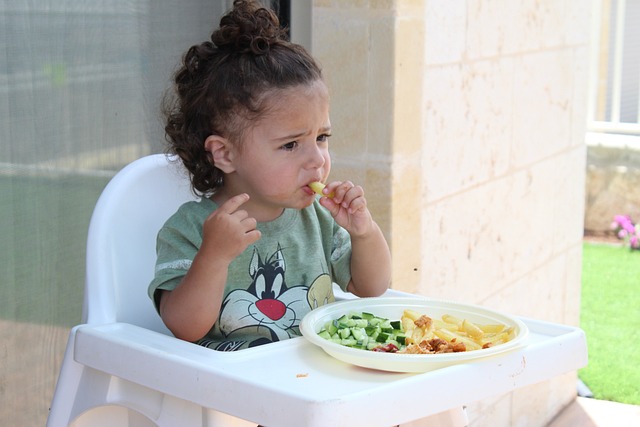
Free Museum Days Summer 2024
Museums serve as valuable resources for speech therapy, offering a dynamic and enriching environment that supports language development, communication skills, and social interaction in individuals of all ages. Check out some of these free museum days this spring and summer for Illinois residents. -Adler Planetarium: Wednesdays 4pm-10pm -Field Museum: Every Wednesday -Shedd Aquarium: Tuesdays 5pm-9pm (March 26th-June 25th) -Chicago History Museum: April 10th, 18th, 24th and May 1st, 27th, 29th -Museum of Science and Industry: April 21st -DuSable Black History Museum and Education Center: Every Wednesday -Museum of Contemporary Art: Every Tuesday -Peggy Notebaert Nature Museum: Every Thursday -Illinois Holocaust Museum: last Friday of the month year-long.









